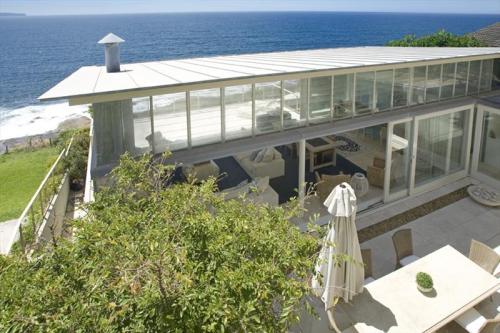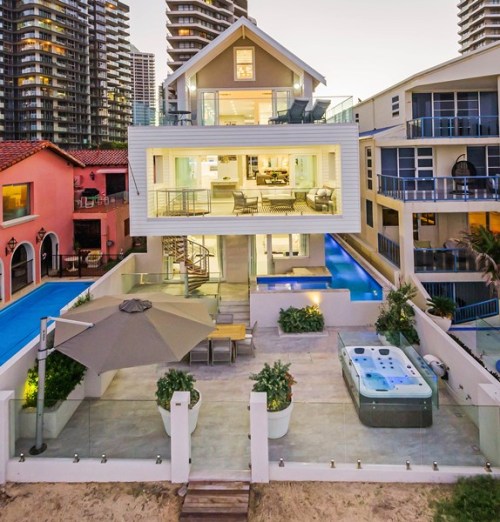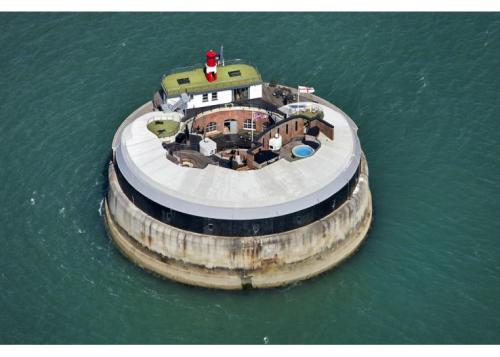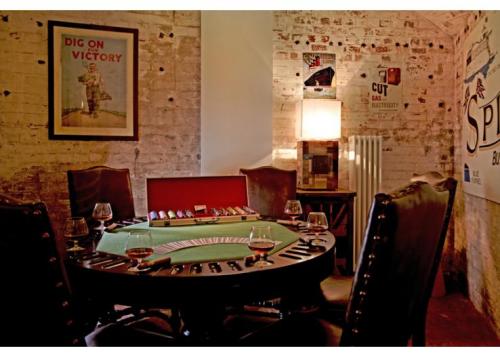
There’s a lot of advice out there when it comes to investing in property, and it seems like everyone is an expert. Asking a hundred people what the best strategy could be is most likely going to yield a hundred different answers, and it’s not made any easier when each person so passionately backs their own viewpoint. From what I’ve seen in the industry, it’s apparent the subject of investing has served as the catalyst for many a heated debate.
But it begs the question: Is there one best ‘way’ of investing? The answer is not straight forward; as everyone’s situation is unique, different strategies will be more beneficial at particular points in time. So how do you know when the best time is for a particular strategy? It might be surprising but one of the best indicators for a certain investing strategy is…..
Age
Yes age, but not necessarily from a biological point of view. What I’m specifically referring to here is your investment age over the course of your investment life. However it’s true that your investing age and life indeed mirrors your biological ones. Allow me to elaborate:
The Investment Timeline
The entirety of your investment life can be broken down into three phases:
Phase One: Acquisition
Phase Two: Consolidation
Phase Three: Prosperity
Phase One: Acquisition
We begin in the Acquisition phase of our investment life, where the aim of the game is just that; acquiring as many properties as we can afford to take under our belts. A general rule of thumb is that if you currently own less than five properties you are in the acquisition phase.
A great way to navigate your way through this initial period is to set yourself goals which will enable you move onto phase two. One such goal could be to purchase one investment property per year for the next ten years. In order to achieve this goal you could set a sub-goal of saving a 5% deposit every year to purchase a property.
It might be difficult altering your financial (and life) habits to achieve these goals but once you create those positive habits and secure your first purchase the process will become easier and more natural to you. Think of it like going to the dentist, every year you set a date in your calendar for a check-up and in the meantime you get into the habit of maintaining your oral hygiene by flossing and brushing etc. Now transfer that mindset over to investing, where every year you set a date to purchase one property and in the meantime you get into the habit of being financially sound by budgeting and saving money for the deposit.
In addition, your hard work and discipline will be well rewarded in the long term, as we will soon see.
Phase Two: Consolidation
With a few years of investing under your belt and your property portfolio impressively amassed, it’s time to mature into the second phase of your investment life: Consolidation.
The aim of the game this time around is to decide whether
- We have made enough equity through property growth to sell down your portfolio, so we can pay off bank debt and realise profits OR
- Whether we need to diversify our portfolio by purchasing additional properties we can add value to through developing and strata-titling
If we look at our portfolio and find ourselves in position A, we can begin selling our stockpile of properties and building equity for our self-retirement. For example if we purchased 10 properties for a total of $4 million and have made $1.5million in capital growth after 7 years, selling now would give us a seven figure sum to live comfortably off of for the rest of our lives!
If we find ourselves in position B, we can start looking for properties to purchase which have scope for capital growth. We need to do this because if our current property portfolio hasn’t fully realised its full growth potential, we need to add properties which can help it do so.
There’s no point selling the properties we already have in this case; doing so would be selling the properties when they’re not worth their full potential and thus cause us to miss out on profits we could receive by holding onto them for a few more years.
So which properties can help us realise growth? Any real estate that can be:
- Subdivided (i.e. a large block of land split up into smaller lots to sell off individually) or
- A block of units that can be strata titled (i.e. a block of 3-6 units which are currently owned by one person and do not have a title for each individual unit). We can make a title for each unit and sell them individually for the sum of more than what we paid for them without titles
Both options are examples of properties we can add value to first hand and improve the overall profitability of our portfolio while we wait for our original property purchases from phase one to mature fully.
Phase Three: Prosperity
The final phase of your investment life is the most fulfilling, hence why I call it prosperity. It’s at this point now that all the hard work, sacrifice and discipline you showed in the first two phases pays off and rewards you not only financially but also emotionally.
I believe that in the end the money is not the most important thing; it’s the person you have grown to become and the legacy you leave to your family and community both now and in future generations to come. It’s about fulfilling what’s truly important to you in life, whether that be supporting your parents and children or by helping charities and institutions that resonate with you personally.
It is for these reasons why I believe so strongly in real estate as an investment tool. Not only can you create a lifetime of financial security for yourself, but the skills and traits you craft over the years in doing so will serve you well in all other aspects of life and bring you enormous personal satisfaction and accomplishment.
Conclusion
Make no mistake, when it comes to real estate investment, there’s certainly more than one way to split a block! Whist there is no single strategy which serves us 100% effectively all the time, if we break down our investment life into phases we can see that difference processes and goals can be put into place at certain points to help us make the most of our time, energy and resources.
In the end, we see that smart real estate investment can not only serve us well financially, but can also mould us into wiser people living fulfilling and satisfying lives for ourselves and those we truly care for.
Thanks for reading this month’s edition of my blog; I truly appreciate the support you show me, so stay tuned for more property insights coming up!

























